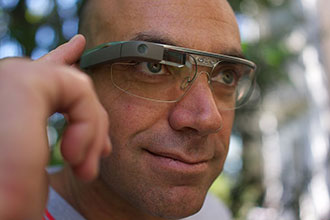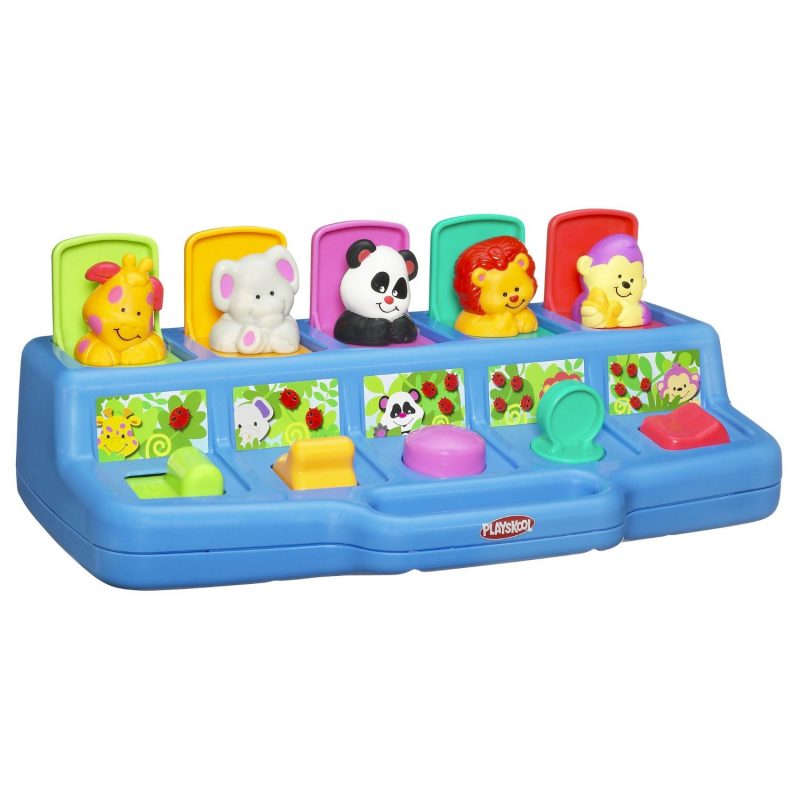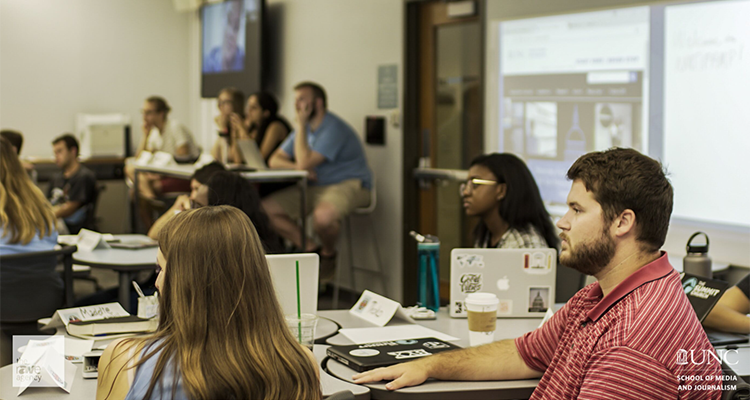User Interface Developments at CES 2014
By Phil Wright
DisplayDaily
 New product announcements and developments to be exhibited at this week’s Consumer Electronics Show (International CES, Las Vegas, Jan. 7-10, 2014) may point the way to novel and improved consumer product user interface designs and implementations. As CES 2014 unfolds, I will be following user interface advancements and how they interact with the emerging consumer electronics product field of wearables. After all, wearable consumer electronics products can offer an intimate form of user interface and, in the case of devices like Google’s Glass, reside literally on your face.
New product announcements and developments to be exhibited at this week’s Consumer Electronics Show (International CES, Las Vegas, Jan. 7-10, 2014) may point the way to novel and improved consumer product user interface designs and implementations. As CES 2014 unfolds, I will be following user interface advancements and how they interact with the emerging consumer electronics product field of wearables. After all, wearable consumer electronics products can offer an intimate form of user interface and, in the case of devices like Google’s Glass, reside literally on your face.
In analyzing the current status of wearable products like Glass, I am reminded of the lengthy incubation period of technologies from inception to widespread commercial acceptance. During my career as a technologist, I have been involved in research, development and commercialization of several technologies including semiconductor lasers (think, CD, DVD, Blu-ray optical players), optical communications devices and systems (think the Internet physical network) and portable consumer electronics (think mobile phones). A common thread in all my prior experience has been the approximately 30-year cycle that starts with the emergence of a new technology and is then followed by the years taken to develop and commercialize successful products and industries based on them.
In the user interface and wearable category, I think of the early efforts and ideas concerning near-eye, or virtual, displays as exemplified today by Google’s Glass. I began development efforts on virtual displays in 1993; just more than 20 years ago, the idea at that time was not new. In the 1990s, it could be envisioned that mobile computing products would evolve in such a way that eyeglass-form displays could be an important step toward implementing wearable consumer electronic products with high function, low weight and low power consumption.
However, unlike technologies like optical communications where glass fiber replaced copper in the network infrastructure behind the scenes, personal consumer electronic products that are wearable and on public view require consideration of fashion and social norms in addressing consumer acceptance and adoption. In 2013, as Google has shown with Glass, addressing these issues of fashion and social norms are an essential part of the lengthy cycle from technology emergence to potential commercial success of a wearable device. A recent Wired article entitled I, Glasshole: My Year with Google Glass, and the links in the article provide insightful views and opinions based on personal use and analysis of the device. As we launch into 2014, we can ask whether the coming years will see the acceptance and adoption of wearable consumer electronics products like Glass, and others like Misfit Wearables Shine.
Future wearable consumer electronics products and their user interfaces will call into question how we interact both with our technology and with each other. The latest thinking on wearables and their related commercial expression will be on display at CES 2014. The analysts of Insight Media will be at CES 2014 and will provide ongoing analysis of advancements in display, wearable and user interface technologies.





